Ransomware Gang Exposes Information Stolen from Microchip Technology
A ransomware gang has purportedly leaked techno-sensitive data allegedly stolen from Microchip Technology. A major semiconductor company. This data leak exemplifies an upward trend of ransomware attacks targeting critical technology companies. Cybercriminals are increasingly using leaks to coerce victims into paying exorbitant ransom payments. So This incident raises new concerns for proprietary and sensitive information. and what implications this carries in the tech space.
Microchip Technology stated in a regulatory filing. As a result of the incident, certain of the Company’s manufacturing facilities are operating at less than normal levels. Then the Company’s ability to fulfill orders is impacting.
Microchip Technology is a global manufacturer of microcontrollers. Because The mixed-signal, analog, and Flash-IP solutions sold to 123,000 customers. So in aspects of industrial, automotive, consumer, aerospace and defense, communications, and computing segments.
On August 27, its Tor-based website the Play ransomware group added Microchip technology. On August 29, he began leaking data that he claimed had been stolen from Microchip Technology.
The cybercriminal group publicly made available over 5Gb of archives. And including alleged access to personal information, IDs. and other documents related to clients, budget, accounting, payroll, contracts, and taxes.
The Attack: Ransomware Gang Releases Data Claiming it was Stolen From Microchip Technology
Infiltration: The ransomware gang successfully infiltrated the system of Microchip Technology. And resulting in unauthorized access to its networks.
Data Exfiltration: The group is alleging to steal proprietary, customers. Then internal data as part of the attack.
File Encryption: The attackers encrypt significant files and systems, making them. Inaccessible to Microchip Technology after stealing the data.
Ransom Payment: The perpetrators demanded ransom, or payment, in return. The decryption key requires to restore access to the encrypted data.
Negotiation Breakdown: After engaging in negotiations about the ransom payment. because it undiscloses, it seems negotiations fell apart. And resulting in the perpetrators releasing part of the data online.
Public Data Release: The data release is called a “leak.” since it is available publicly on the dark web, increasing the pressure on Microchip Technology to pay the ransom.
Dark Web Utilization: The dark web utilizing. And add a further platform to release the stolen. and credentialed data causing more harm to the victim. So this leads to further implications.
The Effects
Legal and Regulatory Implications: If the customer or partner’s database is compromised. this also means that Microchip Technology potentially has to be subject to fines, penalties, or legal action.
Erosion of Trust: Microchip Technology can fall victim to reputation damage. because of this case trust with customers and partners. and investors compromise and impact relationships moving forward.
Financial Obligation: There may be severe costs associated with fighting legal battles or augmenting security. or the company will also potentially face total payouts resulting in sufficient financial strain on the company.
Warning for Industry: This case has a potentially serious impact on future businesses. by showing the need for increasing security counter measurements within the technology industry. which can have a direct impact on other businesses. that need to maintain or build their security countermeasures and plans.
Microchip Technology
Investigation and Forensics: Microchip Technology probably undertook a thorough forensic investigation. to assess the breadth of this incident. and determine governance and confidential data that may have been stolen.
Stakeholder Communications: Microchip Technology may have messages prepared for key stakeholders including customers and partners. and investors regarding the breach, and ongoing measures to contain the breach.
Cybersecurity Improvements: In response to the attack, the company is likely to conduct reviews to augment. its cybersecurity protocols to mitigate the risk of future attacks. including instituting additional data protection processes and employee training.
Prevention of Ransomware Attacks
Regular Security Audits: Undertake periodic and comprehensive security audits to identify vulnerabilities in the organization’s network and systems, and mitigate those risks to the extent possible.
Employee Training: Providing training to employees to identify phishing attacks and common techniques should be part of a regular organization security training program. This step is important as human errors are the main way. which ransomware has gained access to and exploited organizations?
Multi-Factor Authentication: Along with the above, using MFA is implementing on all critical systems. To provide another layer of defense for systems. Before an attacker can even engender authenticated access.
Network Segmentation: Segregation of systems is one way to limit how ransomware can proliferate once it is inside of an organization, especially if the ransomware exploits a business to communicate with the Ransomware-as-a-Service (RaaS) group.
Cyber Insurance: Organizations strongly encouraging to invest in cyber insurance policies. to mitigate future damages from a ransomware event. You can purchase a cyber insurance policy to cover ransom payments. or fees associated with reporting and recovery of software. Then manage by agencies in the event of a breach.
RAM Antivirus: A Defense Against Ransomware Threats
Real-Time Protection: A RAM Antivirus protects against malware, such as ransomware, in real-time; it does so by continually scanning files and monitoring system activities for risks.
Regular Updates: Antivirus software benefits from regular updates to its definitions and threat intelligence capabilities. leading to an even greater capacity to identify ransomware variants or tactics used in ransomware.
Scheduled Scans: Users access an extra layer of proactive protection by being able to set up secure access-based devices for scheduled scans to check for vulnerabilities/ malware regularly.
Quarantine & Removing Detected Threats: Once RAM Antivirus detects a threat, it places infected files in quarantine to limit damage and repair users’ ability to detect or remove Malware from their devices.
Backup Integration: Some device categories from the RAM Antivirus product family include a process of managing secure backups. So important data access by the data thief. If their only goal is overall ransom Then all things are subject to restoration access.
To download RAM Antivirus:
Visit the official website, https://ramantivirus.in/ select the version compatible with your operating system, search for the antivirus you want, and click the “Download” button. Once the file downloads. please open it and follow the instructions to complete the installation. After installation, launch RAM Antivirus to begin protecting And Securing your device.



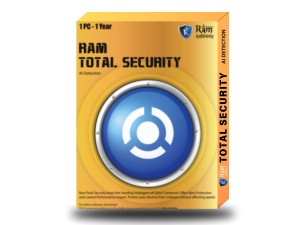
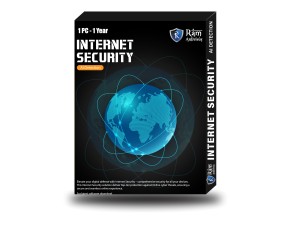


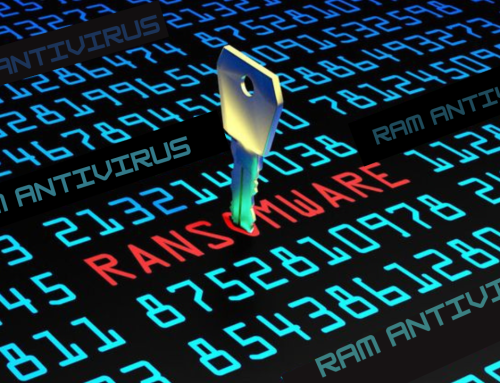

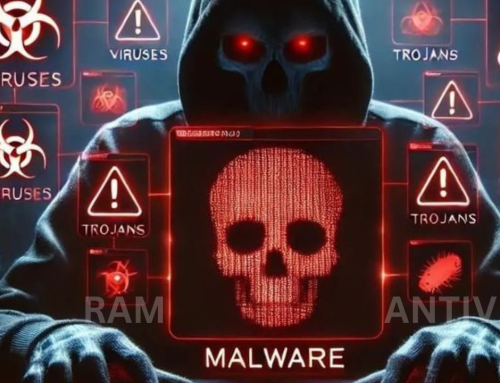
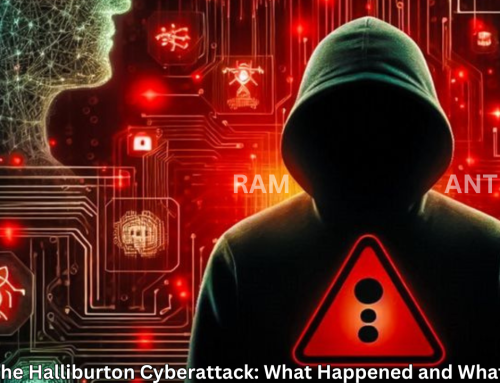
Leave A Comment